Rising Adoption of Cloud Services
The increasing reliance on cloud-based applications and services is a primary driver for the E-Tree Metro Ethernet Service Market. Organizations are migrating their operations to the cloud to enhance flexibility and scalability. This shift necessitates robust and reliable connectivity solutions, which E-Tree services provide. According to recent data, the cloud services market is projected to grow at a compound annual growth rate of over 20% in the coming years. This growth directly correlates with the demand for high-capacity Ethernet services, as businesses require seamless data transfer and communication capabilities. As enterprises continue to adopt cloud technologies, the E-Tree Metro Ethernet Service Market is likely to experience significant expansion, driven by the need for efficient and high-speed connectivity.
Increased Focus on Network Reliability
In an era where digital transformation is paramount, the emphasis on network reliability has intensified, serving as a crucial driver for the E-Tree Metro Ethernet Service Market. Businesses are increasingly aware that any downtime can lead to substantial financial losses and reputational damage. As a result, organizations are seeking Ethernet solutions that offer high availability and redundancy. The E-Tree architecture, known for its resilience and performance, aligns well with these requirements. Market data indicates that companies are willing to invest in premium connectivity solutions to ensure uninterrupted service. This trend suggests that the E-Tree Metro Ethernet Service Market will continue to thrive as businesses prioritize reliable network infrastructures to support their operations.
Regulatory Compliance and Data Governance
The increasing emphasis on regulatory compliance and data governance is a notable driver for the E-Tree Metro Ethernet Service Market. Organizations are under pressure to adhere to stringent data protection regulations, necessitating secure and reliable network solutions. E-Tree Metro Ethernet services offer enhanced security features, making them an attractive option for businesses aiming to comply with regulations such as GDPR and HIPAA. As companies prioritize data privacy and security, the demand for Ethernet services that provide robust compliance capabilities is likely to rise. Market Research Future indicate that organizations are investing significantly in technologies that ensure data integrity and security, further fueling the growth of the E-Tree Metro Ethernet Service Market.
Expansion of Internet of Things (IoT) Solutions
The rapid expansion of Internet of Things (IoT) solutions is emerging as a pivotal driver for the E-Tree Metro Ethernet Service Market. As more devices become interconnected, the demand for reliable and high-speed network services increases. E-Tree Metro Ethernet services provide the necessary infrastructure to support the vast amounts of data generated by IoT devices. This is particularly relevant in sectors such as manufacturing, healthcare, and smart cities, where real-time data transmission is critical. Market analysis suggests that the IoT market is expected to grow exponentially, with billions of devices projected to be connected in the coming years. This growth will likely propel the E-Tree Metro Ethernet Service Market, as organizations seek to implement efficient and scalable networking solutions.
Growing Demand for Bandwidth-Intensive Applications
The proliferation of bandwidth-intensive applications, such as video conferencing, online gaming, and big data analytics, is a significant driver for the E-Tree Metro Ethernet Service Market. As organizations increasingly adopt these applications, the demand for high-speed and reliable connectivity solutions escalates. E-Tree services are particularly well-suited to meet these needs, providing the necessary bandwidth and low latency required for optimal performance. Recent statistics reveal that video traffic alone is expected to account for over 80% of all consumer internet traffic in the near future. This trend underscores the necessity for robust Ethernet services, positioning the E-Tree Metro Ethernet Service Market for substantial growth as businesses seek to enhance their digital capabilities.


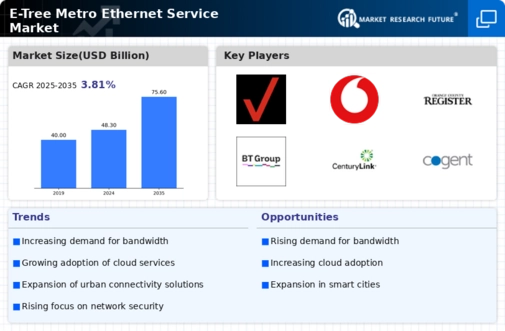
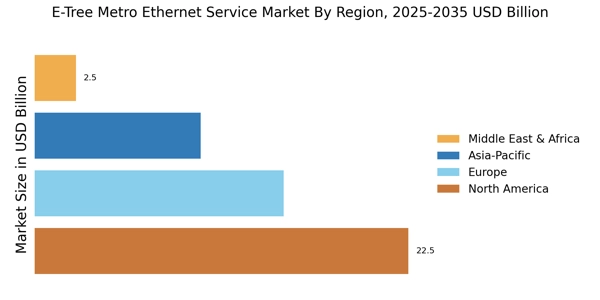
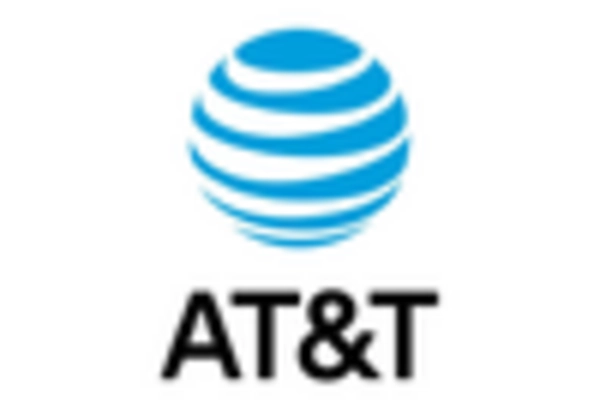
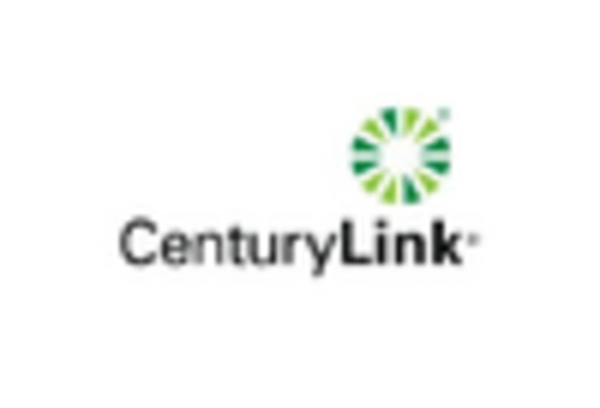

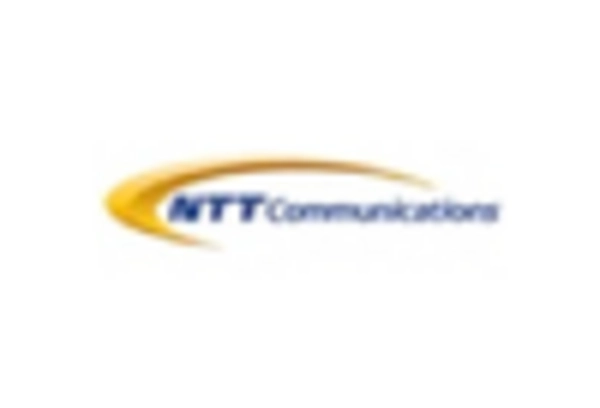
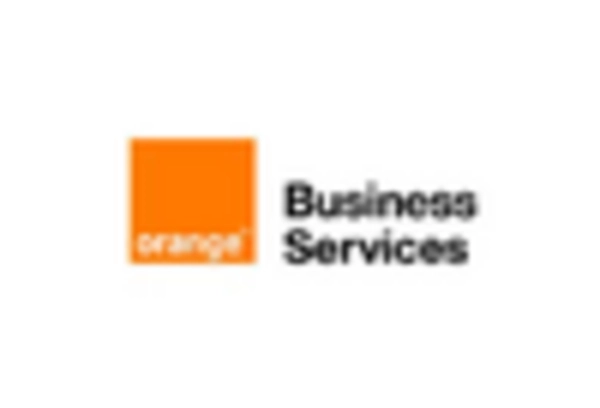









Leave a Comment